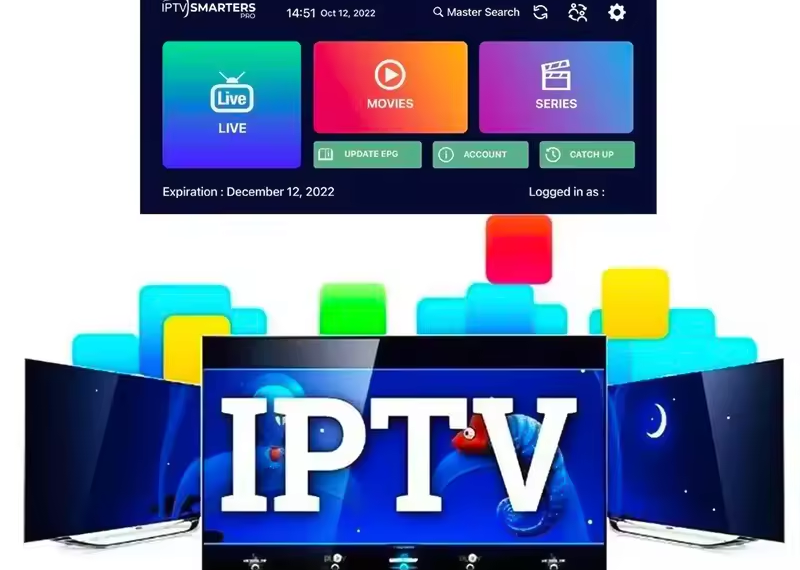The Evolution of Global Mobility
Global mobility has undergone a dramatic transformation in recent years, moving far beyond the traditional model of relocating employees from one office to another. Today’s workforce demands flexibility, and companies are responding with innovative approaches that challenge conventional thinking about international employment.
The pandemic accelerated these changes, forcing organizations to rethink how they manage talent across borders. What emerged wasn’t just a temporary shift to remote work, but a fundamental reimagining of how global teams can operate effectively without the need for physical relocation.
This evolution has created new opportunities for businesses to access global talent while offering employees unprecedented flexibility in where and how they work. However, it has also introduced complex challenges around compliance, taxation, and employee management that require sophisticated solutions.
Remote-First Global Workforce
The concept of a remote-first global workforce has revolutionized how companies approach international talent acquisition. Rather than requiring employees to relocate to specific office locations, organizations are now hiring the best talent regardless of geographical boundaries.
This shift has several key characteristics:
• Location independence: Employees can work from anywhere with reliable internet connectivity • Asynchronous collaboration: Teams operate across multiple time zones without requiring simultaneous presence • Digital-first processes: All workflows, communications, and management systems are designed for remote operation • Results-oriented performance: Success is measured by output and outcomes rather than physical presence
Companies implementing remote-first strategies report significant benefits, including access to a larger talent pool, reduced overhead costs, and improved employee satisfaction. However, they must also navigate complex legal and regulatory requirements when employing workers across different jurisdictions.
The success of remote-first global workforces often depends on having the right infrastructure and support systems in place. This includes robust communication tools, clear processes for collaboration, and comprehensive employee support regardless of location.
Employer of Record Solutions
As companies embrace more flexible global employment models, many are turning to Employer of Record services to manage the complexities of international hiring. EOR providers handle local employment law compliance, payroll, benefits administration, and tax obligations, allowing companies to focus on their core business while accessing global talent.
Digital Nomadism and Flexible Work Arrangements
Digital nomadism has emerged as a significant trend within global mobility, with professionals choosing to work while traveling or living in different countries for extended periods. This lifestyle choice has pushed companies to develop more flexible policies and support systems.
Key aspects of supporting digital nomads include:
• Visa and immigration support: Helping employees navigate the complex requirements for working in different countries • Tax compliance assistance: Ensuring proper tax filing and compliance across multiple jurisdictions • Technology and security: Providing secure access to company systems from anywhere in the world • Healthcare and insurance: Maintaining comprehensive coverage that works internationally
Many countries have recognized this trend by introducing specific digital nomad visas, making it easier for remote workers to live and work legally within their borders. Estonia, Portugal, and Barbados are among the nations leading this movement with streamlined visa processes for digital nomads.
Companies supporting digital nomads often find that this flexibility helps attract and retain top talent. However, it requires careful planning around time zone management, communication protocols, and ensuring that nomadic employees remain connected to company culture and objectives.
Technology-Enabled Global Collaboration
The technology infrastructure supporting modern global mobility has become increasingly sophisticated, enabling seamless collaboration across borders and time zones. Cloud-based platforms, AI-powered translation tools, and virtual reality meeting spaces are just some of the innovations transforming how global teams work together.
Modern collaboration technology includes:
• Integrated communication platforms: Tools that combine messaging, video conferencing, and file sharing in unified systems • Project management solutions: Platforms that enable real-time collaboration on complex projects across multiple time zones • Virtual reality workspaces: Immersive environments that simulate in-person collaboration for remote teams • AI-powered assistance: Tools that help with scheduling, translation, and workflow optimization
These technological advances have made it possible for companies to maintain strong team cohesion and productivity even when employees are distributed across the globe. The key is selecting and implementing tools that match the specific needs of the organization and its workforce.
The integration of artificial intelligence and machine learning into collaboration platforms is particularly promising, offering personalized experiences that adapt to individual work styles and preferences while maintaining team connectivity.
Flexible Employment Models
The traditional employment model is giving way to more flexible arrangements that support global mobility without requiring permanent relocation. These new models provide both employers and employees with greater flexibility while maintaining legal compliance and operational efficiency.
Hybrid Global Teams
Hybrid models combine remote work with periodic in-person collaboration, allowing companies to maintain global offices while giving employees the flexibility to work from various locations. This approach often involves:
• Quarterly or annual team gatherings: Bringing distributed teams together for intensive collaboration periods • Regional hubs: Establishing smaller offices in key markets to support local employees and clients • Flexible desk arrangements: Providing hot-desking options in multiple locations for traveling employees • Cultural exchange programs: Facilitating short-term assignments that build cross-cultural understanding
Contract and Freelance Integration
Many companies are incorporating contract workers and freelancers into their global mobility strategies, allowing them to access specialized skills without the complexities of traditional employment. This approach requires:
• Standardized onboarding processes: Ensuring contractors can quickly integrate with existing teams • Compliance management: Maintaining proper classification and tax compliance across jurisdictions • Performance tracking: Implementing systems to monitor and evaluate contractor performance • Knowledge transfer protocols: Ensuring that important information and skills remain within the organization
Compliance and Legal Considerations
The shift toward more flexible global mobility models has created new challenges around compliance and legal requirements. Companies must navigate an increasingly complex web of international employment laws, tax regulations, and immigration requirements.
Critical compliance areas include:
• Employment law variations: Understanding how different countries regulate working hours, overtime, termination, and employee rights • Tax obligations: Managing both employee and corporate tax responsibilities across multiple jurisdictions • Data privacy requirements: Ensuring compliance with regulations like GDPR while supporting global remote work • Immigration status: Maintaining proper visa and work authorization for employees working across borders
Companies that fail to properly address these compliance requirements face significant legal and financial risks. This has led many organizations to invest in specialized legal expertise or partner with global employment service providers who can manage these complexities.
The regulatory landscape continues to evolve rapidly, with new laws and requirements emerging regularly. Staying current with these changes requires ongoing attention and often specialized expertise that may not exist within the organization.
Cultural Integration in Distributed Teams
One of the most significant challenges in modern global mobility is maintaining strong company culture and team cohesion when employees are distributed across different countries and time zones. This requires intentional strategies and ongoing effort to ensure that all team members feel connected and engaged.
Successful cultural integration strategies include:
• Regular virtual social events: Creating opportunities for informal interaction and relationship building • Cultural awareness training: Educating team members about different cultural norms and communication styles • Inclusive meeting practices: Ensuring that all voices are heard regardless of location or time zone • Shared goal setting: Aligning all team members around common objectives and success metrics
Companies that successfully integrate distributed teams often report higher levels of innovation and creativity, as diverse perspectives contribute to better problem-solving and decision-making.
Future Outlook and Emerging Trends
The future of global mobility will likely see continued evolution toward even more flexible and technology-enabled models. Emerging trends include the use of virtual reality for immersive collaboration, AI-powered workforce management, and blockchain-based credential verification for international workers.
Key developments to watch include:
• Government policy changes: New visa categories and work authorization processes designed for remote workers • Technology innovations: Advanced collaboration tools that better replicate in-person interaction • Sustainability focus: Reduced travel requirements supporting corporate environmental goals • Skills-based hiring: Emphasis on capabilities rather than location or traditional qualifications
As these trends continue to develop, companies that embrace flexible global mobility models will likely gain significant competitive advantages in talent acquisition and retention. The key to success will be balancing flexibility with the operational requirements of running a global business effectively.
The transformation of global mobility represents a fundamental shift in how we think about work, talent, and organizational structure. Companies that adapt successfully to these changes will be well-positioned to thrive in an increasingly connected and flexible global economy.














